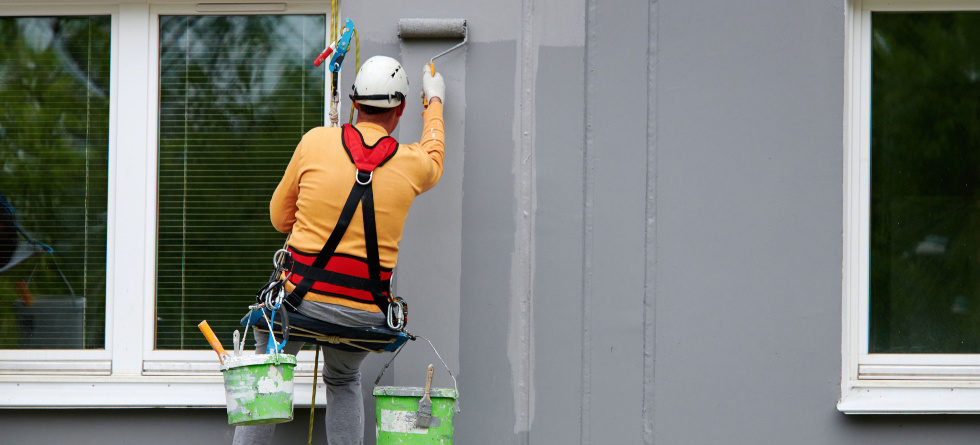When it comes to painting walls, achieving a flawless finish is the ultimate goal. One common question that arises during the painting process is… How many coats of paint should be applied to a wall?
In this blog post, we’ll explore this topic to help you achieve professional-quality results in your painting projects.
Importance of Multiple Coats
Before diving into the number of coats needed, understand why applying multiple coats of paint is necessary…
- Coverage – Multiple coats ensure complete coverage, especially when transitioning from a darker to a lighter color or when covering imperfections on the wall surface.
- Durability – Additional coats provide a thicker layer of paint, enhancing durability and resistance to wear and tear over time.
- Color Depth – Each coat contributes to the richness and depth of the paint color, resulting in a more vibrant and uniform appearance.
Factors Influencing the Number of Coats
Several factors influence the number of coats required for a satisfactory paint job…
- Color Change – Switching from a dark to a light color or vice versa often necessitates additional coats to achieve full coverage and color accuracy.
- Surface Condition – Walls with imperfections, such as patches, dents, or uneven texture, may require more coats to conceal flaws and create a smooth finish.
- Quality of Paint – The quality and opacity of the paint can impact coverage. Higher-quality paints with better pigmentation may require fewer coats than lower-quality alternatives.
- Painting Technique – Proper painting techniques, such as using high-quality brushes and rollers, applying paint evenly, and allowing adequate drying time between coats, can influence the number of coats needed.
General Guidelines
While the number of coats needed can vary depending on the factors mentioned above, here are some general guidelines to consider…
- Primer – Applying a coat of primer before painting can enhance adhesion and coverage, especially on bare or porous surfaces.
- Base Coats – Start with a base coat to establish an even foundation before applying additional coats for color depth and coverage.
- Additional Coats – In most cases, two coats of paint are sufficient to achieve the desired results. For optimal coverage and durability, consider applying a third coat, especially for high-traffic areas or challenging color transitions.
Achieving a flawless finish when painting walls requires careful consideration of various factors, including color change, surface condition, and painting technique. By applying multiple coats of paint and following proper painting practices, you can achieve professional-quality results that enhance the beauty and durability of your walls.
What tips do you have for achieving smooth and even coverage when painting walls? Share your insights and experiences in the comments below!


Leave a Comment